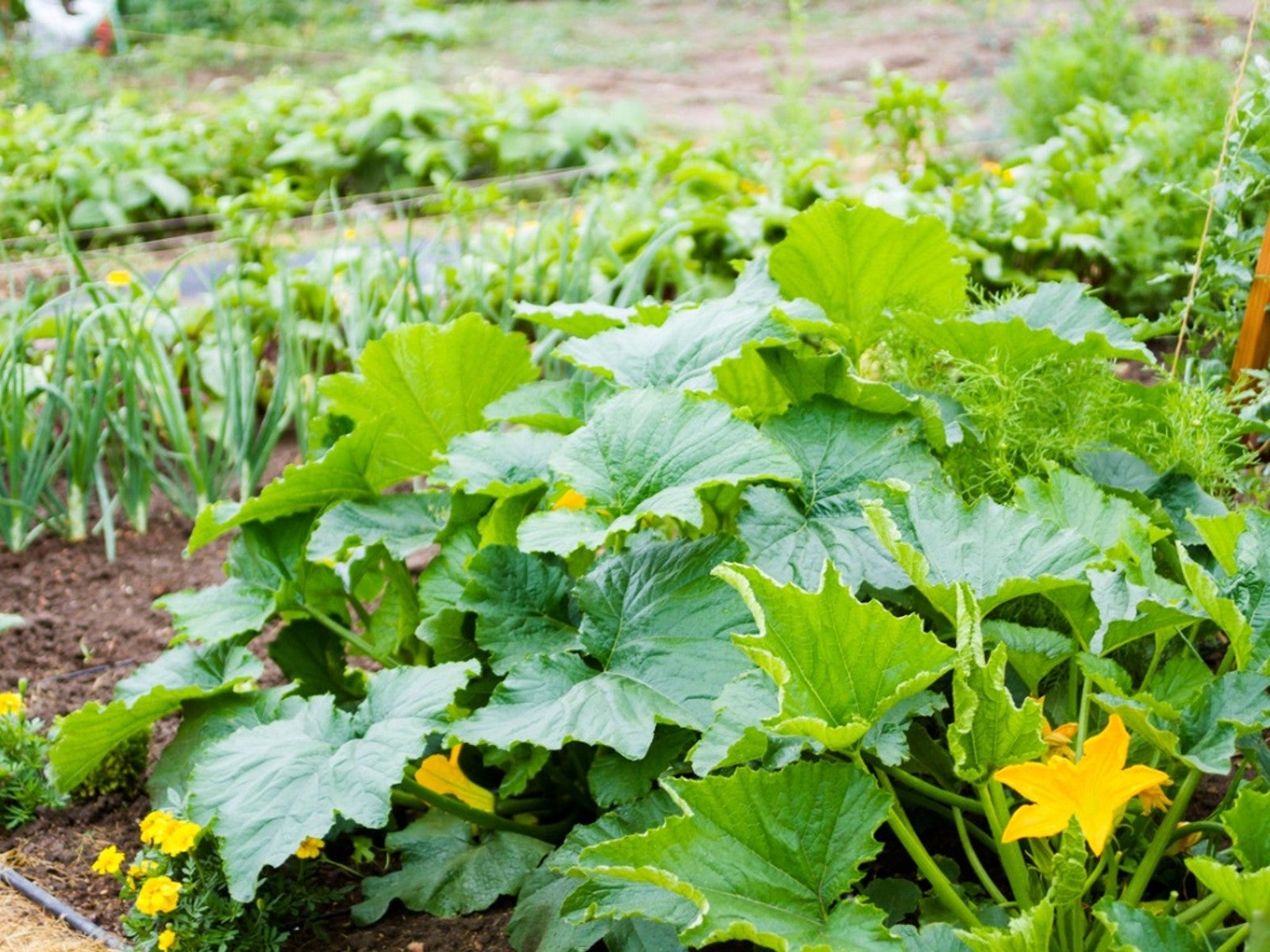If you’re a gardening enthusiast looking to grow butternut squash in your backyard, it’s important to choose the right companions for your vibrant vines. However, not all plants make good neighbors for this beloved squash variety. In this article, we will explore a handful of companion plants that you should steer clear of when it comes to cultivating butternut squash. By understanding these potential plant adversaries, you can create an optimal growing environment and maximize the success of your squash harvest.
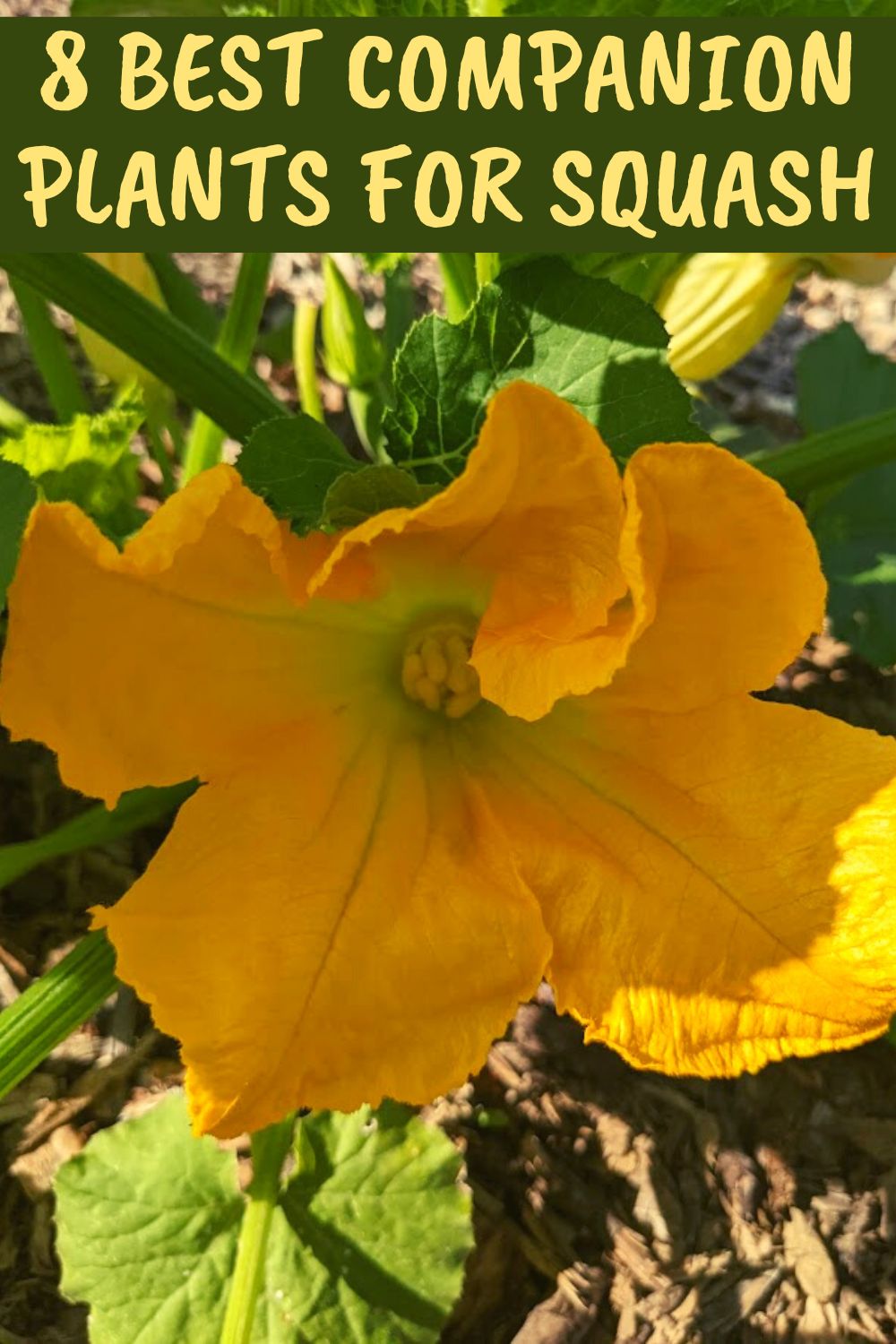
Avoid planting potatoes with butternut squash
The competition for nutrients
When it comes to planting butternut squash, it is best to avoid planting potatoes in close proximity. This is primarily because both plants have a high demand for nutrients, especially potassium and phosphorus. If they are grown together, they will compete for these essential nutrients, resulting in stunted growth and reduced yield for both crops. To ensure optimal growth and harvest, it is recommended to separate the planting areas for potatoes and butternut squash.
Increased risk of blight
Furthermore, planting potatoes alongside butternut squash increases the risk of blight. Blight is a common and destructive fungal disease that affects both plants. The close proximity allows the disease to spread easily from one plant to another, leading to a severe infestation and potentially devastating consequences for both crops. By keeping potatoes away from butternut squash, you can effectively reduce the chances of blight affecting your harvest.
Susceptibility to similar pests
Additionally, butternut squash and potatoes are susceptible to similar pests like aphids, flea beetles, and squash bugs. Planting them together can create a thriving breeding ground for these pests, increasing the chances of an infestation. These pests can cause severe damage to the plants, leading to reduced yield or even complete crop failure. To avoid this, it is best to separate the planting areas for potatoes and butternut squash, implementing pest control measures specific to each crop as needed.
Steer clear of planting cucumbers near butternut squash
Risk of cross-pollination
Cucumbers and butternut squash belong to the same plant family, known as Cucurbitaceae. Therefore, planting them in close proximity can result in cross-pollination between the two plants. This can lead to undesirable characteristics in the offspring, affecting the quality and taste of both crops. To maintain the integrity of each plant’s traits, it is important to keep cucumbers and butternut squash adequately spaced apart.
Competition for space and sunlight
Cucumbers and butternut squash also compete for space and sunlight. Both plants require ample room to spread their vines and receive adequate sunlight for photosynthesis. If they are planted too closely, they may intertwine and create a tangled mess, inhibiting proper growth and development. To ensure optimal growth and yield, it is recommended to give each plant enough space and avoid planting them together.
Shared susceptibility to powdery mildew
Another reason to avoid planting cucumbers with butternut squash is their shared susceptibility to powdery mildew. This fungal disease thrives in warm and humid conditions, common in many cucumber and squash growing regions. Planting them in close proximity increases the chances of powdery mildew spreading easily from one plant to another, leading to widespread damage and reduced harvest. By keeping cucumbers and butternut squash separate, you can minimize the risk of powdery mildew affecting your crops.
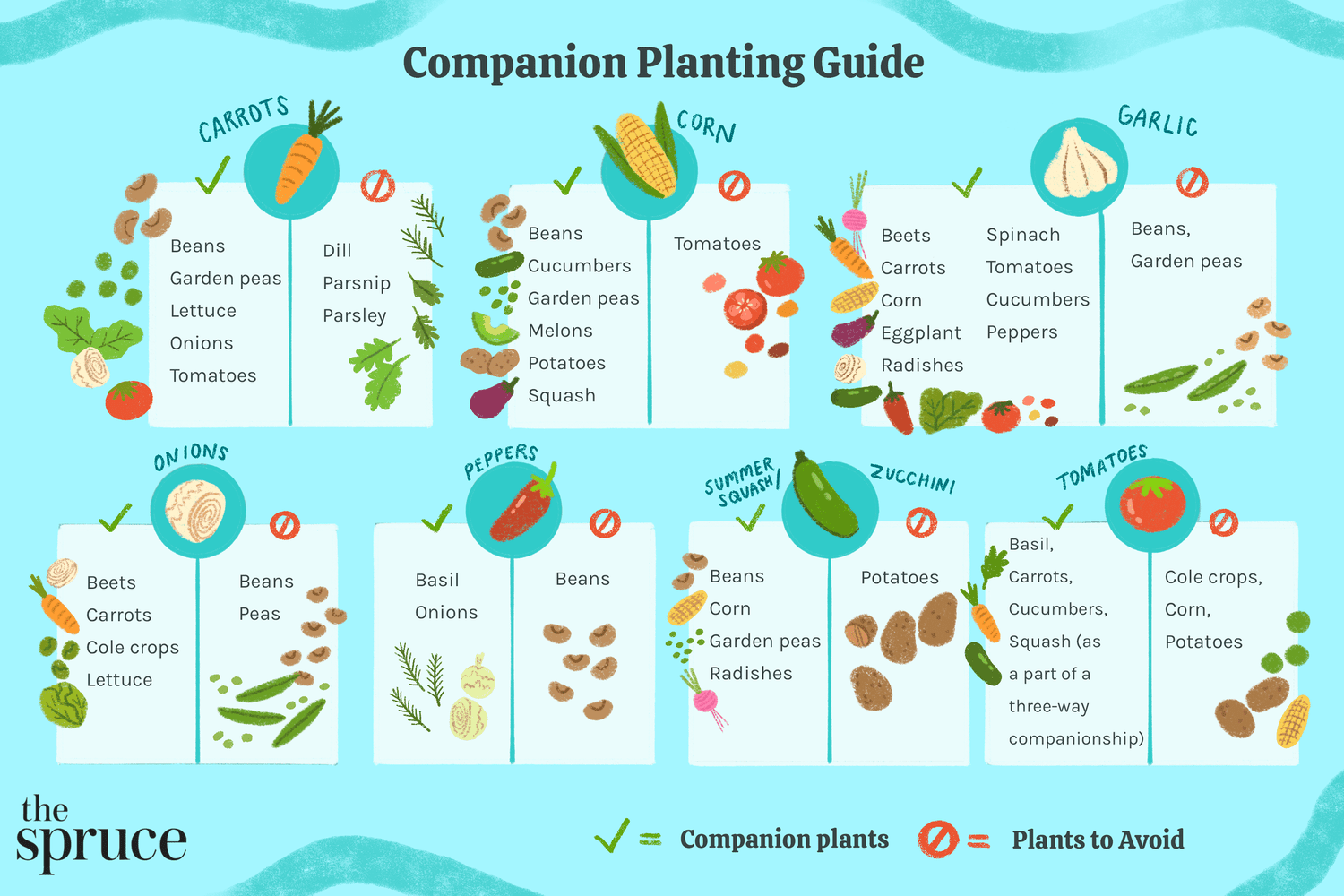
Avoid planting melons with butternut squash
Competition for nutrients and water
Melons, like watermelons and cantaloupes, have similar nutrient and water requirements as butternut squash. When planted together, these crops will compete for limited resources, resulting in stunted growth and reduced yield for both plants. To ensure optimal growth and productivity, it is advised to keep melons and butternut squash separate and provide them with ample nutrients and water.
Spread of diseases
Planting melons near butternut squash can also increase the spread of diseases. Both crops are susceptible to fungal diseases such as powdery mildew and downy mildew. When planted together, these diseases can easily transfer from one plant to another, leading to an infestation that can devastate both crops. By maintaining a distance between melons and butternut squash, you can lessen the risk of disease spread and protect your harvest.
Interference with vine growth
Melons and butternut squash are known for their sprawling vine growth. When planted too closely, their vines can become tangled, limiting airflow and sunlight penetration. This can create a favorable environment for diseases, as well as hinder pollination and fruit development. To promote healthy vine growth and a bountiful harvest, it is recommended to provide adequate spacing between melons and butternut squash.
Keep beans away from butternut squash
Nitrogen fixation imbalance
While beans are often considered great companion plants due to their ability to fix nitrogen in the soil, it is best to avoid planting them near butternut squash. The reason for this is the potential imbalance in nitrogen availability. Beans have the ability to draw nitrogen from the air and convert it into a form usable by plants. However, they tend to utilize a significant amount of nitrogen, which may leave the nearby butternut squash without an adequate supply. This can result in poor growth and reduced yield for the squash. To maintain a healthy nitrogen balance and ensure optimal growth, it is advisable to separate the planting areas for beans and butternut squash.
Reduced vine growth
Another reason to keep beans away from butternut squash is their potential to stunt vine growth. Butternut squash relies on expansive vines to absorb sunlight and produce energy through photosynthesis. Planting beans too closely can overshadow the squash, limiting its access to sunlight and hindering vine growth. To maximize the potential of your butternut squash plants, it is best to provide them with ample space away from beans.
Increased susceptibility to pests and diseases
Beans and butternut squash are both vulnerable to certain pests and diseases. Planting them together can create an environment that attracts pests like bean beetles, aphids, and squash bugs. Additionally, diseases such as bacterial blight and mosaic virus can affect both crops. By separating bean and butternut squash plantings, you can reduce the likelihood of pest infestations and the spread of diseases, resulting in healthier plants and a higher yield.
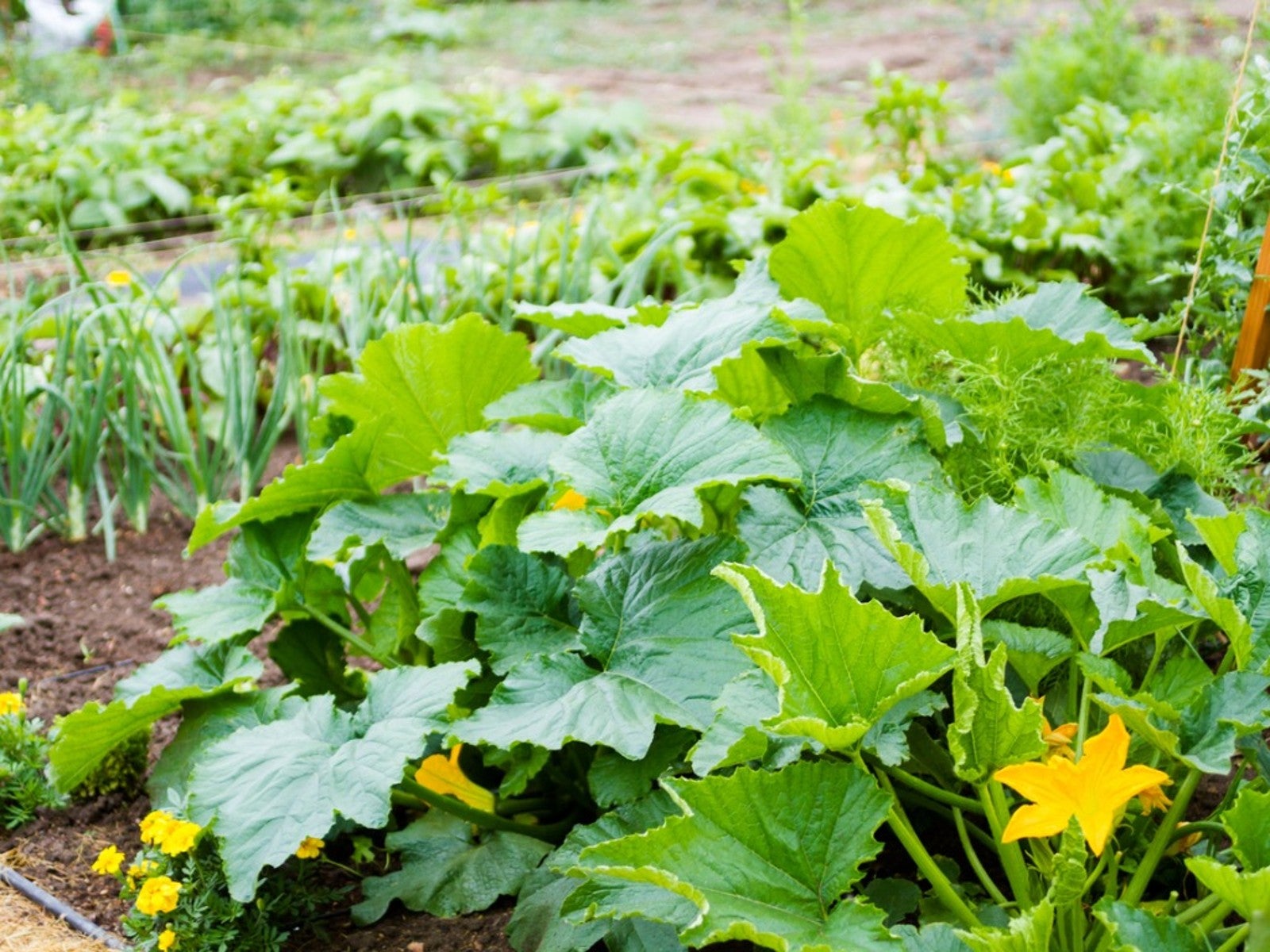
Stay clear of planting tomatoes near butternut squash
Competition for nutrients
Tomatoes and butternut squash have substantial nutrient requirements, particularly for phosphorus, potassium, and calcium. When planted too closely, they will compete for these essential nutrients, leading to nutrient deficiency and compromised growth for both crops. It is advisable to provide adequate spacing between tomatoes and butternut squash to ensure each plant has sufficient access to the necessary nutrients.
Risk of diseases such as blight
Another reason to avoid planting tomatoes near butternut squash is the increased risk of diseases, particularly blight. Blight is a common fungal disease that affects both crops and can spread rapidly in warm and humid conditions. When planted in close proximity, the disease can easily transfer from one plant to another, resulting in widespread damage and reduced yield. By separating tomatoes and butternut squash, you can minimize the risk of disease spread and protect the health of your crops.
Incompatible growth habits
Tomatoes and butternut squash have different growth habits that can interfere with each other’s development. Tomatoes are typically trellised and require vertical support for their vines, while butternut squash sprawls along the ground. When planted together, the squash vines can entangle and inhibit the growth of the trellised tomatoes. To optimize the growth and productivity of both crops, it is best to keep them separate and provide suitable support systems for each.
Avoid planting peppers with butternut squash
Competition for nutrients and water
Peppers, like butternut squash, have high nutrient and water requirements. Planting them together can result in competition for these essential resources, leading to stunted growth and reduced yield for both plants. To ensure optimal growth and productivity, it is advisable to keep peppers and butternut squash separate and provide them with adequate nutrients and water.
Risk of cross-pollination
Peppers and butternut squash can cross-pollinate if planted in close proximity. This can result in hybridized fruits with unexpected traits and flavors. If you prefer to maintain the distinct qualities of each crop, it is best to avoid planting peppers near butternut squash or provide sufficient distance between them to minimize the chances of cross-pollination.
Increased vulnerability to pests
Both peppers and butternut squash are susceptible to similar pests, including aphids, flea beetles, and squash bugs. Planting them together can create an environment that attracts and sustains these pests, increasing the likelihood of an infestation that can cause significant damage to both crops. By separating pepper and butternut squash plantings, you can reduce the vulnerability to pests and implement targeted pest control measures as needed.
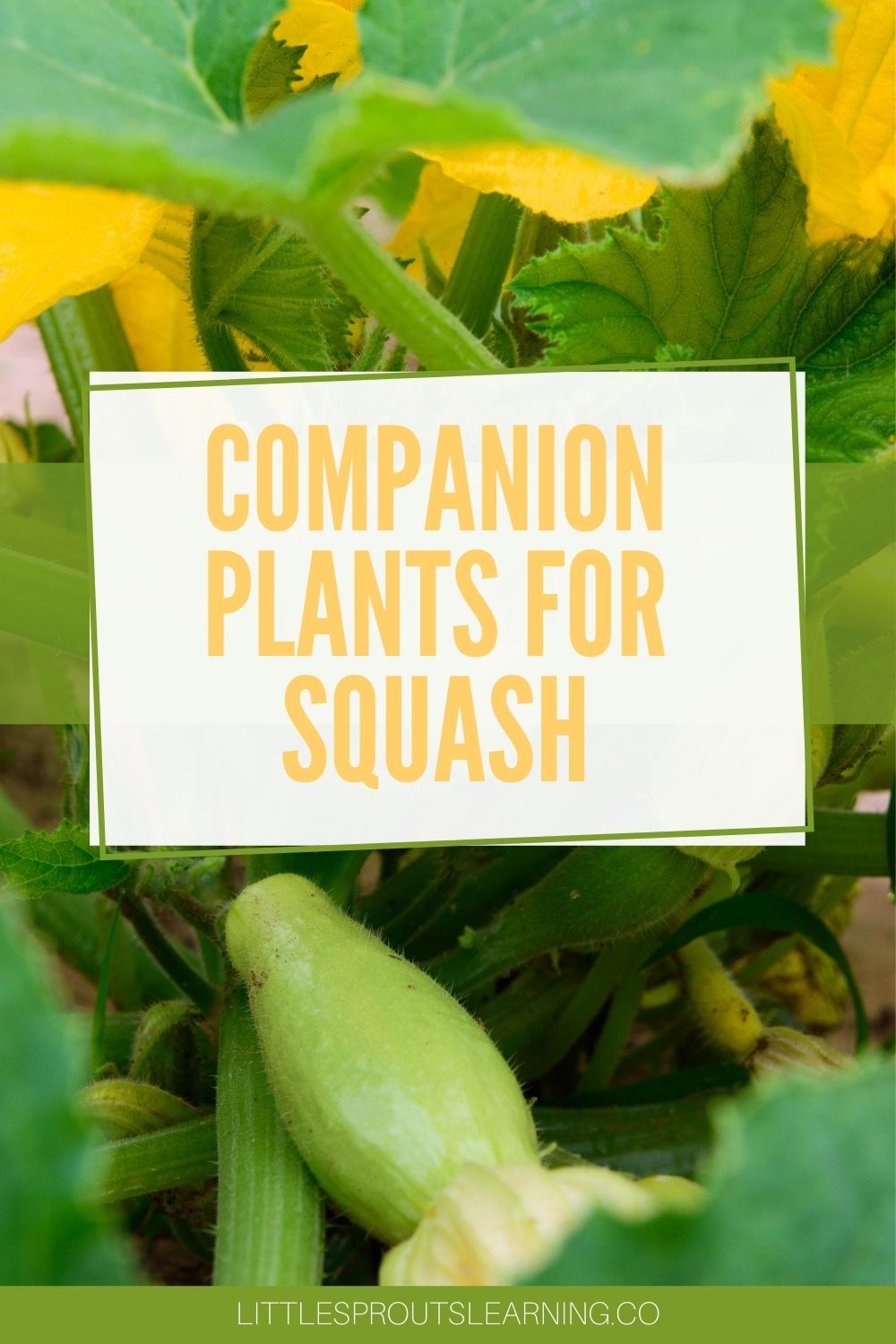
Steer clear of planting corn near butternut squash
Height and shading issues
Corn is a tall crop that can overshadow shorter plants like butternut squash. Planting them in close proximity can result in shading, limiting the access of the squash to sunlight and hindering its growth. To avoid this issue and maximize the growth potential of each crop, it is recommended to provide sufficient spacing between corn and butternut squash.
Competition for nutrients
Both corn and butternut squash have significant nutrient requirements. Planting them too closely can lead to competition for these essential nutrients, resulting in nutrient deficiency and compromised growth for both crops. It is best to separate corn and butternut squash plantings to ensure each plant has access to the necessary nutrients.
Increased risk of pest infestation
Corn and butternut squash both attract specific pests, such as corn earworms and squash bugs. Planting them together can create a favorable environment for these pests, leading to increased risk of infestation and potential damage to both crops. By maintaining a distance between corn and butternut squash, you can decrease the likelihood of pest problems and protect the health of your plants.
Keep radishes away from butternut squash
Competition for nutrients and space
Radishes and butternut squash are both fast-growing plants with high nutrient demands. When grown together, they will compete for essential nutrients and space, resulting in stunted growth and reduced yield for both crops. To ensure optimal growth and productivity, it is advisable to separate radishes and butternut squash, providing ample room and nutrients for each plant.
Risk of overcrowding
Radishes have a relatively short growth cycle, often harvested within a month of planting. On the other hand, butternut squash requires a longer growing season. Planting them together can lead to overcrowding as the radishes reach maturity and need to be harvested, potentially smothering the developing squash. To prevent overcrowding and allow for proper growth and development, it is best to keep radishes away from butternut squash.
Shared vulnerability to pests
Radishes and butternut squash are both susceptible to similar pests, including aphids, flea beetles, and squash bugs. Planting them together can create an environment that attracts and sustains these pests, increasing the chances of an infestation and potential damage to both crops. By separating radish and butternut squash plantings, you can minimize the vulnerability to pests and implement appropriate pest control measures as needed.
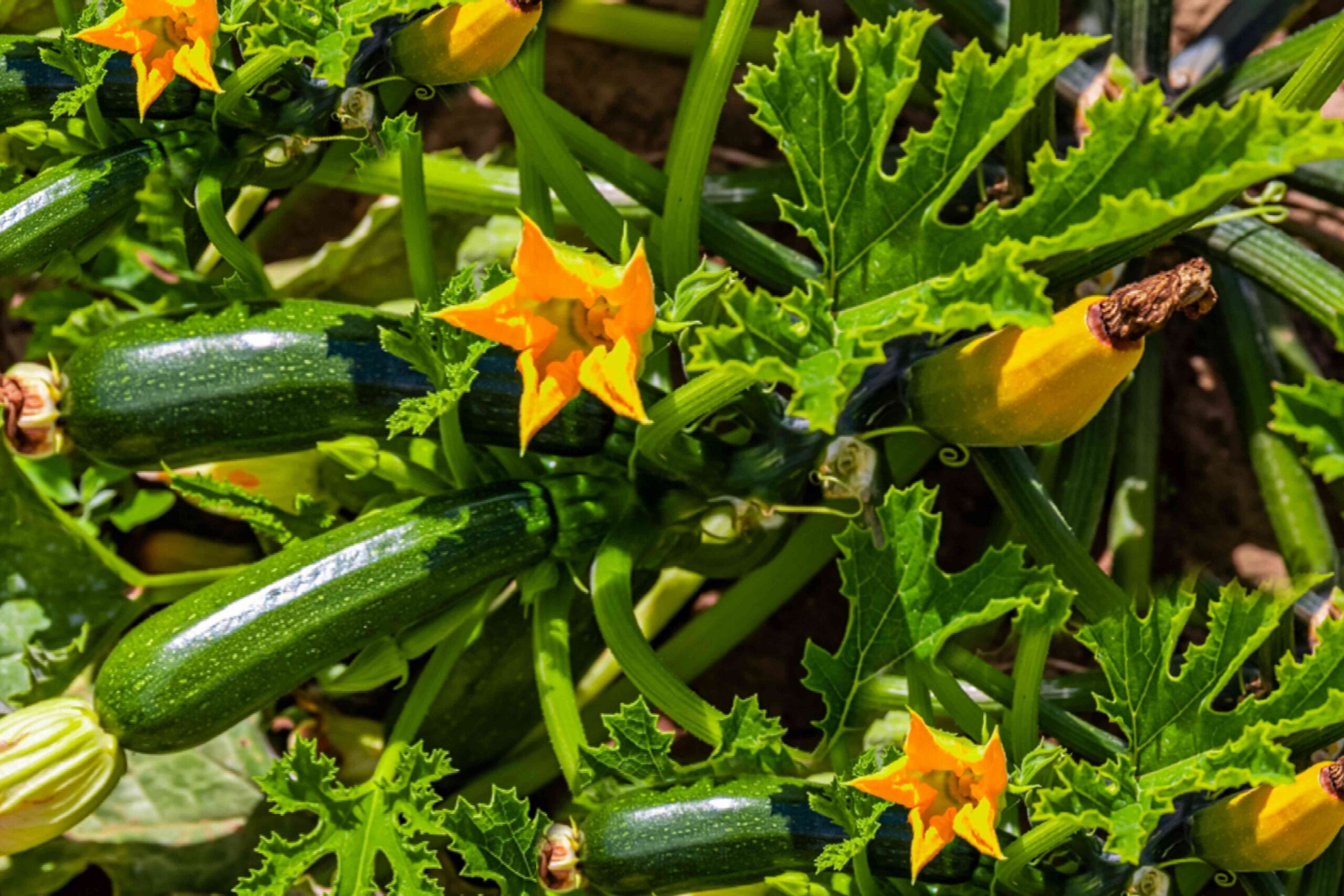
Avoid planting broccoli near butternut squash
Competition for nutrients and sunlight
Broccoli and butternut squash have similar nutrient and sunlight requirements. Planting them too closely can result in competition for these essential resources, leading to stunted growth and reduced yield for both crops. To ensure optimal growth and productivity, it is advisable to separate broccoli and butternut squash, providing adequate nutrients and sunlight for each plant.
Incompatible growth habits
Broccoli and butternut squash have different growth habits that can interfere with each other’s development. Broccoli is a compact plant that doesn’t spread extensively, while butternut squash has sprawling vines. If planted together, the squash vines may overshadow and hinder the growth of the broccoli. To allow for proper growth of both crops, it is recommended to keep them separate and provide suitable spacing.
Increased risk of diseases
Both broccoli and butternut squash can be susceptible to diseases such as powdery mildew and downy mildew. Planting them in close proximity can create conditions ideal for disease development and spread. To minimize the risk of disease affecting your crops, it is best to avoid planting broccoli near butternut squash or provide sufficient distance between them.
Stay clear of planting spinach with butternut squash
Competition for nutrients
Spinach, like butternut squash, has significant nutrient requirements. Planting them too closely can result in competition for essential nutrients, leading to nutrient deficiency and compromised growth for both crops. To ensure optimal growth and productivity, it is advisable to keep spinach and butternut squash separate, providing each plant with adequate access to the necessary nutrients.
Risk of overcrowding
Spinach is a fast-growing leafy green that requires ample space to develop and thrive. Planting it near butternut squash can lead to overcrowding as the spinach reaches maturity, potentially smothering the expanding squash. To avoid overcrowding and promote the healthy growth of both crops, it is best to keep spinach away from butternut squash.
Susceptibility to similar pests and diseases
Spinach and butternut squash share vulnerability to certain pests and diseases, including aphids, flea beetles, and fungal infections. Planting them together can result in an attractive environment for these pests and diseases, increasing the likelihood of damage and reduced yield. By maintaining a distance between spinach and butternut squash, you can decrease the risk of pest infestations and the spread of diseases, protecting the health of your crops.
By being mindful of the potential negative impacts of companion planting, you can maximize the growth and productivity of your butternut squash crop. While some plants may thrive when grown together, it is crucial to consider the specific requirements, growth habits, and susceptibilities of each crop. By following these guidelines, you can create a harmonious and fruitful garden that yields bountiful harvests of butternut squash and other complementary plants.
